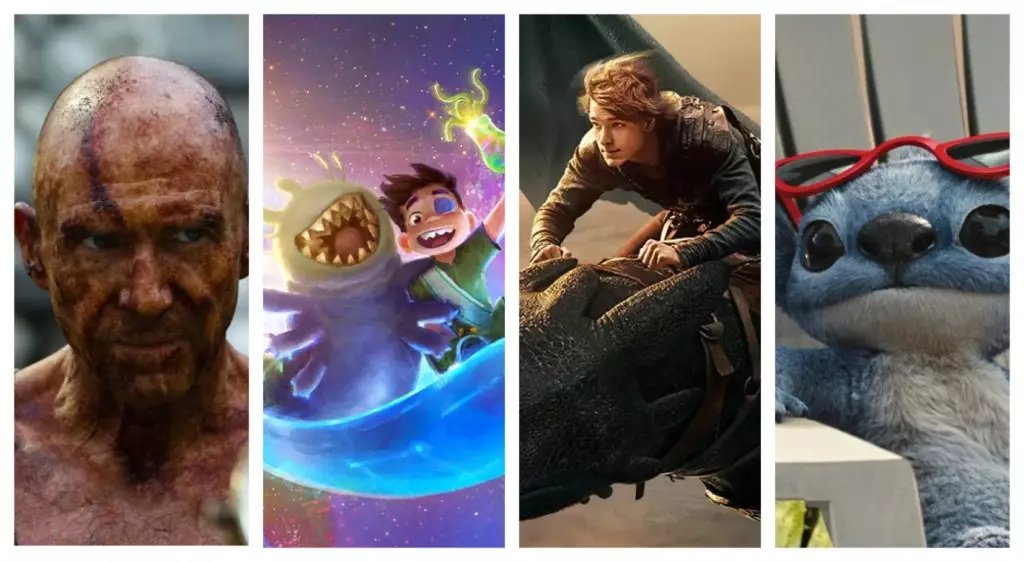Danny Boyle has managed to rekindle the flame of horror cinema with “28 Years Later,” achieving a sensational opening weekend that amassed an estimated $60 million globally. What’s particularly striking is how the film maintained a balanced performance in both the domestic and international markets, each contributing a solid $30 million to the box office. This $60 million launch exceeds preliminary projections and stands as a testament to the film’s broad appeal—both to horror aficionados and casual moviegoers alike.
In the contemporary cinematic landscape, where franchises dominate, a new entry in the horror genre that manages to capture attention is a rarity. “28 Years Later” has not only broken through but has done so with an authenticity that resonates with audiences across 59 international markets. Notably, it surpassed the opening figures of recent horror flicks, marking a triumphant return for a creative vision associated with auteur filmmaking.
Regional Triumphs That Redefine Market Potential
The film’s performance in key territories is indicative of a broader trend, showing that horror can thrive even amidst stiff competition. In the UK, for instance, it stormed to the top of the charts with a staggering $6.4 million. Mexico followed suit, contributing $2.7 million toward this impressive total. The success was not confined to these two regions; the Middle East, Australia, Korea, and several European countries all showcased strong opening numbers.
The eclectic global reach of “28 Years Later” signifies a shift in audience preferences. As nuanced storytelling in horror becomes increasingly sought after, a film like this embodies that evolution while still delivering visceral thrills. The dynamics of international box office appeal suggest that hardcore horror fans will continue to show up, ensuring recurring revenue streams for studios willing to take creative risks.
The Unexpected Downturn: A Disney Misstep
In stark contrast, Pixar/Disney’s entry, “Elio,” fell short of expectations with a lackluster $35 million debut. The animated feature launched into an international landscape where school holidays were not yet in play, leaving its potential audience in limbo. Although audience reactions were positive, and it may still find its footing as summer progresses, it’s a stark reminder that not all films, even from industry giants, can command instant box office success.
Considering the animated landscape, it’s intriguing to note that “Elio,” despite being a family-friendly film, struggled when pitted against the raw allure of horror experiences like “28 Years Later.” It poses critical questions about market demand: Are audiences more eager for emotionally charged narratives, or do they seek escapism in the form of spine-tingling scares?
Franchise Wars: The Struggle for Supremacy
The ongoing battle for audience attraction among franchises also paints a vivid picture of the current cinematic climate. Although “How to Train Your Dragon” has been leading the box office with an insane $358.2 million globally, there’s something to be said for niche successes like “28 Years Later.” By redefining horror within a modern framework while maintaining an authentic voice, this film stands as a disruptive force capable of carving out its own franchise should its momentum continue.
It raises an essential philosophical debate in the film industry: Is franchise-building predicated solely on commercial viability, or can originality and artistry carry a project forward? “28 Years Later” should serve as a case study to challenge the status quo, showing that risk-taking can yield tremendous rewards, contrary to the often-repeated narrative that safety lies in the well-trodden path of franchises.
In essence, “28 Years Later” not only turns the page on horror cinema but also serves as a poignant reminder to Hollywood that authenticity and creativity can flourish, even in a crowded landscape of generic blockbusters. It urges studios and creators alike to consider embracing their artistic impulses to connect with audiences.

